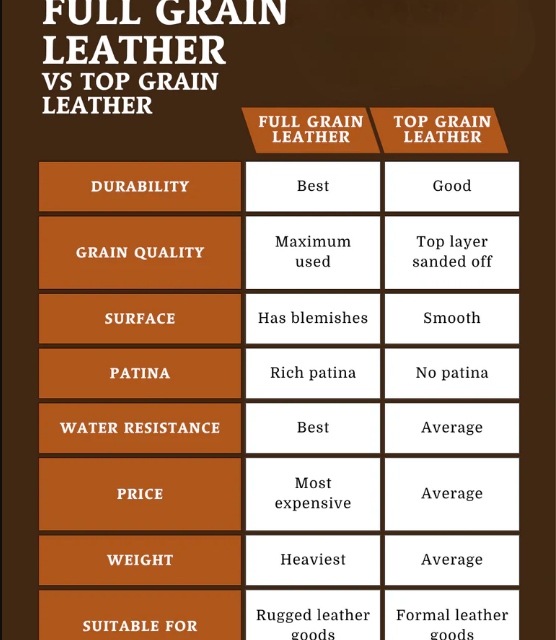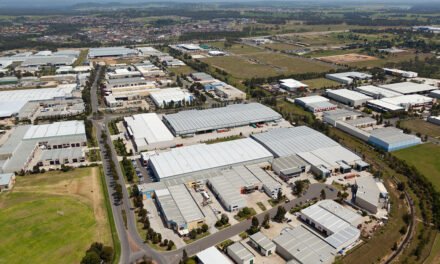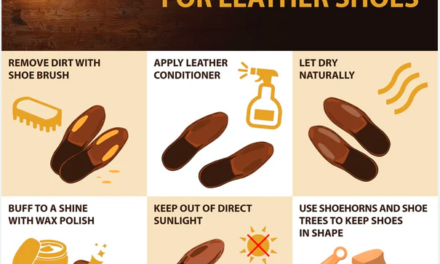The major differences between full-grain leather and top-grain leather for garments lie in their texture, durability, appearance, and processing methods. Both are high-quality leathers, but their characteristics make them suitable for different purposes in garment manufacturing. Here’s a detailed comparison:
1. Definition
- Full-Grain Leather:
- Made from the topmost layer of the hide, retaining the natural grain, pores, and imperfections.
- It is the least processed leather, preserving its original strength and durability.
- Top-Grain Leather:
- Also derived from the top layer of the hide but undergoes sanding, buffing, or polishing to remove surface imperfections.
- This results in a more uniform appearance and smoother texture.
2. Appearance
- Full-Grain Leather:
- Natural, rugged look with visible pores, scars, and wrinkles.
- Develops a patina over time, enhancing its beauty and richness.
- Each piece is unique due to the preserved natural grain.
- Top-Grain Leather:
- Smooth, clean, and more refined in appearance due to surface treatment.
- Uniform texture and color with fewer visible imperfections.
- Lacks the depth of character that full-grain leather acquires over time.
3. Durability
- Full-Grain Leather:
- The strongest and most durable leather because the natural fibers are untouched.
- Resistant to tears, cracks, and abrasion, making it ideal for long-lasting garments.
- Ages beautifully and retains strength even after years of wear.
- Top-Grain Leather:
- Still durable but slightly weaker than full-grain due to the removal of the top grain layer.
- The sanding process reduces the leather’s thickness and natural strength.
- Better suited for lightweight garments where durability is less critical.
4. Texture and Feel
- Full-Grain Leather:
- Firm and rugged initially but softens and becomes supple with use.
- Natural texture gives it a rich and tactile feel.
- Top-Grain Leather:
- Smooth, soft, and more flexible right from the start due to polishing and finishing.
- Often preferred for luxury garments where comfort and uniformity are key.
5. Breathability
- Full-Grain Leather:
- Highly breathable because the natural grain and pores are left intact.
- Allows moisture and air to pass through, making it suitable for garments in all climates.
- Top-Grain Leather:
- Less breathable due to the surface coatings and treatments applied.
- May feel warmer or less ventilated in hot or humid climates.
6. Weight
- Full-Grain Leather:
- Heavier and denser due to its untouched grain structure.
- Ideal for rugged or winter garments, such as jackets, coats, and biker gear.
- Top-Grain Leather:
- Lighter and more flexible, making it suitable for fashionable jackets, skirts, and lighter apparel.
- Easier to wear for extended periods.
7. Maintenance
- Full-Grain Leather:
- Requires more care to prevent staining and maintain its appearance.
- Can absorb oils, water, and scratches but ages well if conditioned regularly.
- Top-Grain Leather:
- Easier to maintain due to its smooth surface and protective finishes.
- More resistant to stains and scratches, requiring minimal upkeep.
8. Cost
- Full-Grain Leather:
- More expensive because of its premium quality and durability.
- Typically used for high-end jackets, coats, and other long-lasting garments.
- Top-Grain Leather:
- Less expensive than full-grain but still a high-quality option.
- Often preferred for fashion-focused garments due to its uniform appearance and lower cost.
9. Suitability for Garments
- Full-Grain Leather:
- Ideal for garments requiring ruggedness and longevity, such as:
- Biker jackets
- Heavy-duty coats
- Workwear and utility garments
- Preferred for individuals who appreciate the natural, aged look of leather.
- Ideal for garments requiring ruggedness and longevity, such as:
- Top-Grain Leather:
- Better suited for garments where lightweight flexibility, smooth texture, and appearance matter, such as:
- Fashion jackets
- Skirts, pants, and luxury blazers
- Modern or minimalist leather apparel
- Better suited for garments where lightweight flexibility, smooth texture, and appearance matter, such as:
Conclusion
The choice between full-grain and top-grain leather for garments depends on the intended use and priorities:
- Full-Grain Leather: Best for garments that require maximum durability, a rugged appearance, and long-term aging qualities. It is ideal for heavy-duty jackets and coats that develop character over time.
- Top-Grain Leather: Preferred for fashionable, lightweight garments where a smooth texture, uniform appearance, and flexibility are important. It balances quality with comfort and ease of maintenance.
Hashtags
#LeatherLovers #LeatherObsessed #LeatherGoods #LeatherTrends #LeatherStyle #LeatherLife #LeatherLove #LeatherAddict #LeatherPerfection #LeatherLuxury #LeatherExpertise #LeatherKnowledge #LeatherFacts #LeatherTips #LeatherGuide #LeatherCare #LeatherMaintenance #LeatherTipsAndTricks #Leather101 #LeatherEducation #LeatherCommunity







